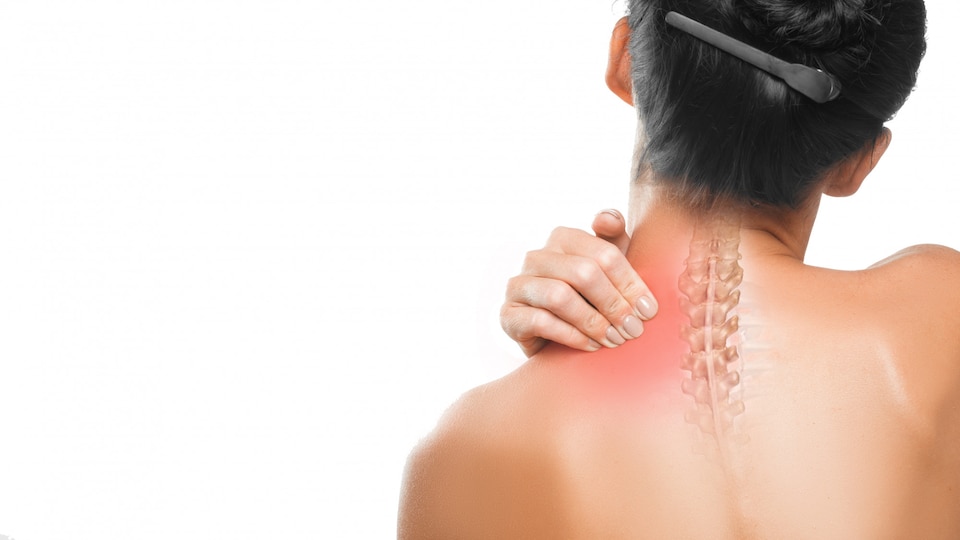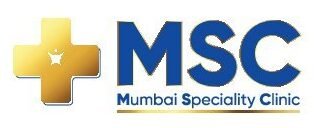
Spondylosis is a degenerative condition affecting the spine, characterized by the wear and tear of the spinal discs and joints. It commonly occurs with aging and results from the gradual breakdown of the intervertebral discs, leading to the development of bone spurs and the narrowing of the spinal canal. This degeneration can cause pain, stiffness, and reduced mobility in the affected area. Spondylosis primarily affects the neck and lower back but can occur in any part of the spine. While it is a natural part of the aging process, factors such as genetics, lifestyle, and injuries may contribute to its progression.
Symptoms
Spondylosis is a degenerative spine condition marked by the wear and tear of spinal discs and joints. Common symptoms include pain, stiffness, and reduced flexibility in the affected area, often localized in the neck or lower back. As it progresses, spondylosis can lead to bone spurs and narrowing of the spinal canal, causing discomfort.
Causes
Spondylosis is primarily caused by the natural aging process and the wear and tear on spinal discs and joints. Factors such as genetics, repetitive stress, injuries, and poor posture can contribute to its development. Over time, these factors lead to the degeneration of the spine, resulting in spondylosis.
Rehabilitation
Spondylosis rehabilitation focuses on managing pain, improving flexibility, and enhancing strength. Treatment may involve physical therapy exercises, stretching, and core-strengthening routines. Modalities like heat and ice application, along with lifestyle modifications, are often recommended to alleviate symptoms and promote long-term spinal health. Consultation with healthcare professionals guides personalized rehabilitation plans.
Spondylosis F&Q
Spondylosis is a degenerative condition affecting the spine, characterized by the wear and tear of spinal discs and joints.
Common symptoms include pain, stiffness, and reduced flexibility, often localized in the neck or lower back.
Spondylosis is primarily caused by the natural aging process, genetic factors, repetitive stress, injuries, and poor posture.
Rehabilitation involves physical therapy exercises, stretching, and core-strengthening routines, along with modalities like heat and ice application.
Spondylosis primarily affects the neck and lower back but can occur in any part of the spine.
Factors such as genetics, lifestyle choices, and injuries contribute to the degeneration of the spine, leading to the development and progression of spondylosis.










